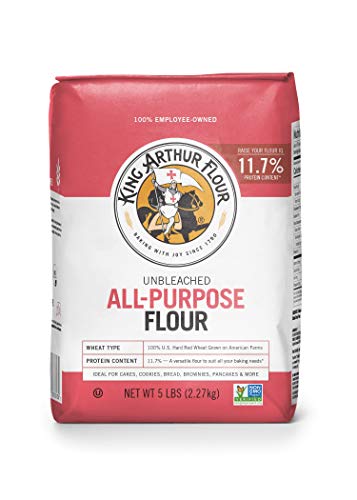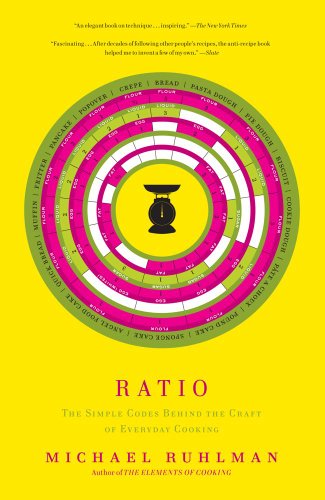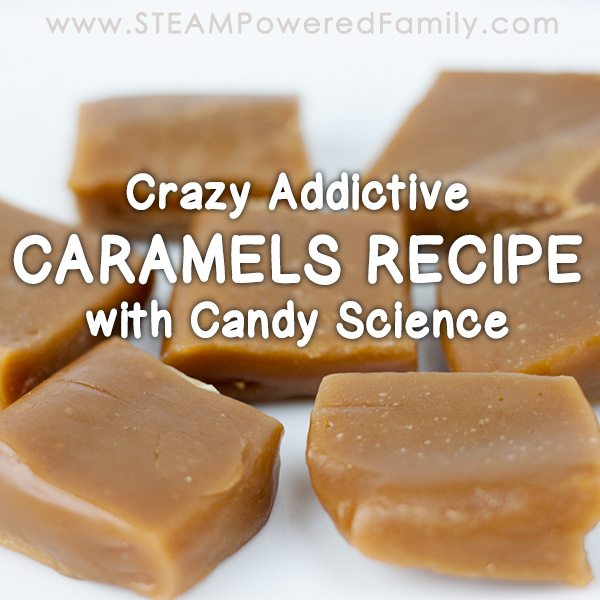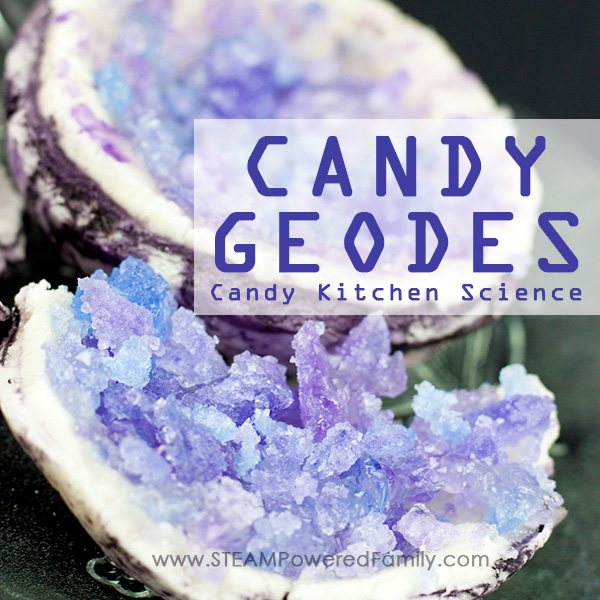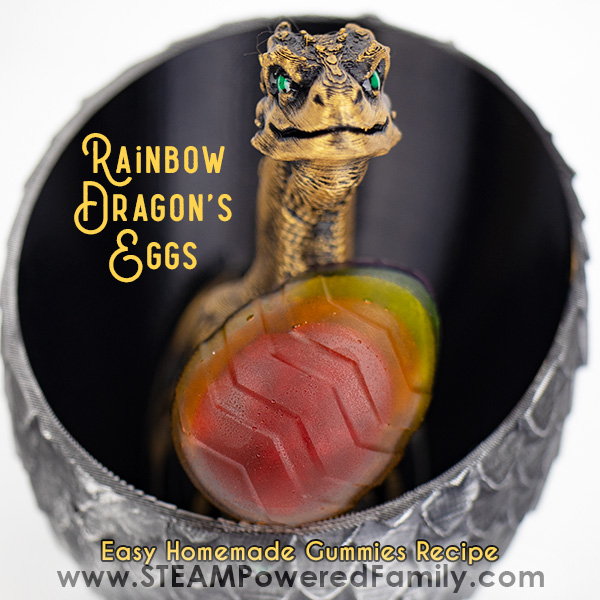Bannock Bread Recipe with Science and History Lesson for Kids
We continue our kitchen science, and specifically bread science, studies today with a look at Bannock. Growing up in Western Canada Bannock has always been very popular.
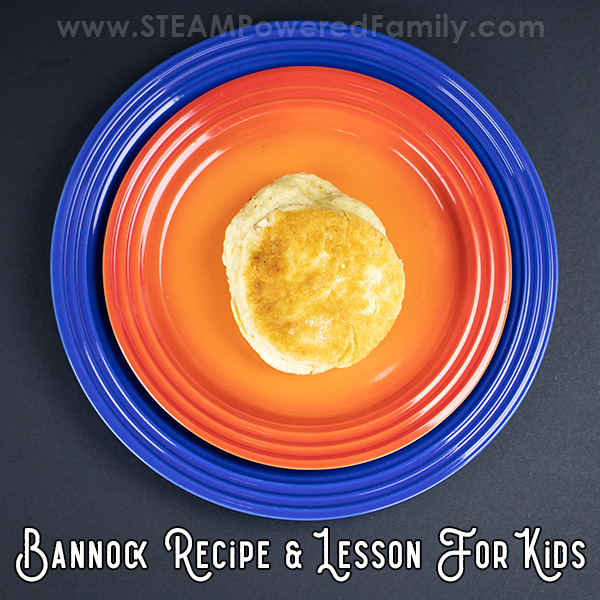
Disclaimer: This article may contain commission or affiliate links. As an Amazon Influencer I earn from qualifying purchases.
Not seeing our videos? Turn off any adblockers to ensure our video feed can be seen. Or visit our YouTube channel to see if the video has been uploaded there. We are slowly uploading our archives. Thanks!
The History of Bannock
Bannock originated in Scotland where it was made as a dense cake of oatmeal or peameal which was very scone-like. In fact, the Scots use the term Bannock and Scone interchangeably. The term Bannock itself comes from the Gaelic word Bannach, which is perfect as the literal translation is “morsel.”
Scottish traders and explorers brought the recipe to Canada with them where the Indigenous adopted the recipe over the 18th and 19th centuries.
The First Nations had a pre-colonial bannock like recipe called sapli’l. It was made from the ground bulbs of a plant called camas and was cooked on an open flame.
Bannock was traditionally made with wheat flour by the Europeans but the Indigenous Peoples used corn flour or plants instead. Across the regions, different variants of Bannock emerged with many families passing down their special recipes through generations.
It tastes amazing, plus it is a good source of carbohydrates, very filling, and very easy to make (it can be cooked wrapped around a stick while in the wilderness). Plus it has a nice long shelf life. Great for outdoor adventures!
Today, bannock is most often deep-fried, pan-fried or baked in the oven, when not cooked using traditional methods over a fire. Best of all, Bannock continues to have a high level of popularity across Canada.
To learn more about Bannock check out this article or this article.
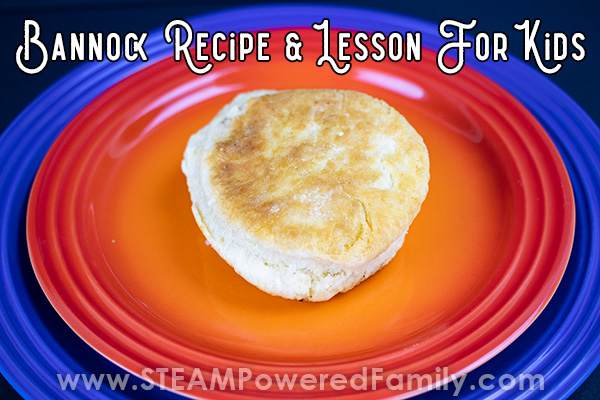
The BREAD SCIENCE BEHIND BANNOCK
On our Bread Science adventures we have made a few different types of bread. A traditional White Bread Loaf that used yeast as its leavening agent (the ingredient that makes it rise). And an Irish Soda Bread that used an acid-base reaction for the leavening agent creating a yeast free bread.
Bannock is another yeast free bread recipe. It is made with baking powder as its leavening agent. Baking powder is a mixture of an acid (cream of tartar), a base (baking soda) and a filler (usually cornstarch).
These three components need to be mixed with flour and kept dry. We know from our bath bomb making that when in a dry, solid state our acids and bases won’t react.
Once water is added, the ingredients start to react and make carbon dioxide bubbles This makes it ideal for fast bread – all you need is flour, baking powder and water.
Educational Tip! Check out this activity we did exploring the properties of baking powder for some fun, hands on science.
So instead of using baking soda and then adding an acid like butter milk like we did with the Irish Soda Bread, this time we simply add baking powder to flour and add water. Once wet, the baking powder does the rest.
Remember, when using baking powder in a recipe it is vital you mix all the dry ingredients together first. Then add liquid at the very end and only briefly mix. You want to keep the reaction from starting until just before you cook it, and you want to minimize the loss of gas bubbles due to mixing.
Understanding the different types of baking powder
Single acting baking powder produces all its’ carbon dioxide bubbles when it gets wet. Double acting backing powder produces gas bubbles twice. First when it gets wet, then again when it gets hot. So if you want nice fluffy Bannock make sure you use double acting and get twice the rising power!
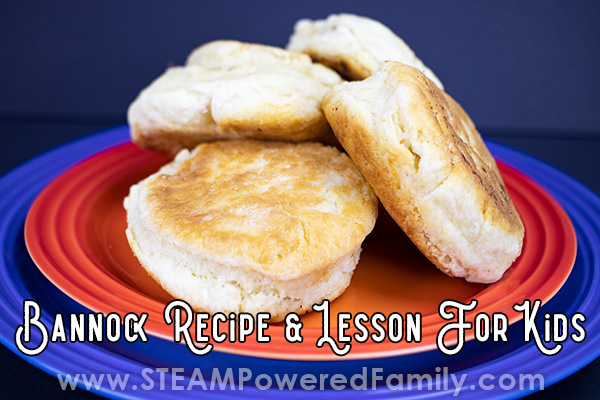
BANNOCK BREAD RECIPE
Although we have made Bannock a few ways (the kids love making it over a fire), we don’t have the weather yet for outdoor cooking. So for today we decided to make our Bannock on the stove top.
Bannock Ingredients
3 cups flour
1 teaspoon of salt
2 tablespoons of baking powder
2 tablespoons sugar
¼ cup of butter
1 ½ cups water
½ cup Raisins (optional)
Shortening or oil for frying
How to make bannock on the stove
Mix all the dry ingredients – flour sugar, salt and baking powder together in a large bowl. Add raisins, if desired.
Add Water and butter and stir with a spoon until combined.
Turn the mixture out onto a floured surface and shape into a flat circle about 1 inch thick with your hands.
Cut it into smaller circles or squares. This makes it easier to cook and serve.
Cook in a greased frying pan over low medium heat for about 10-15 minutes for each side. Use quite a lot of oil with a high smoking value because you don’t want to burn the bottom of the bannock.
Cover the pan during cooking to encourage the expanding gases in the bannock and create a much more open and fluffy texture to your Bannock Bread.
Next up, cooking Bannock over the fire with the kids! We will share that experience once the weather is better.
Dough Lab STEM BOX
Check out this fun Dough Lab STEM kit we did. It was so much fun, and everything comes in the box, just add warm water and a curious, hungry, kid!
GET YOUR DOUGH LAB KIT HERE:
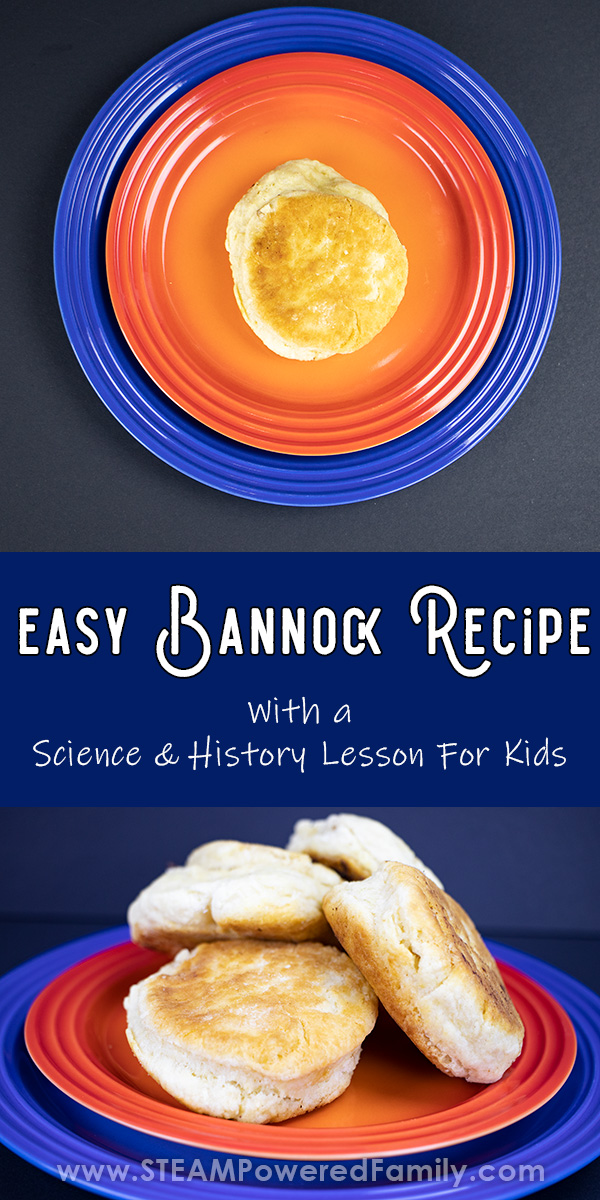
MORE KITCHEN SCIENCE
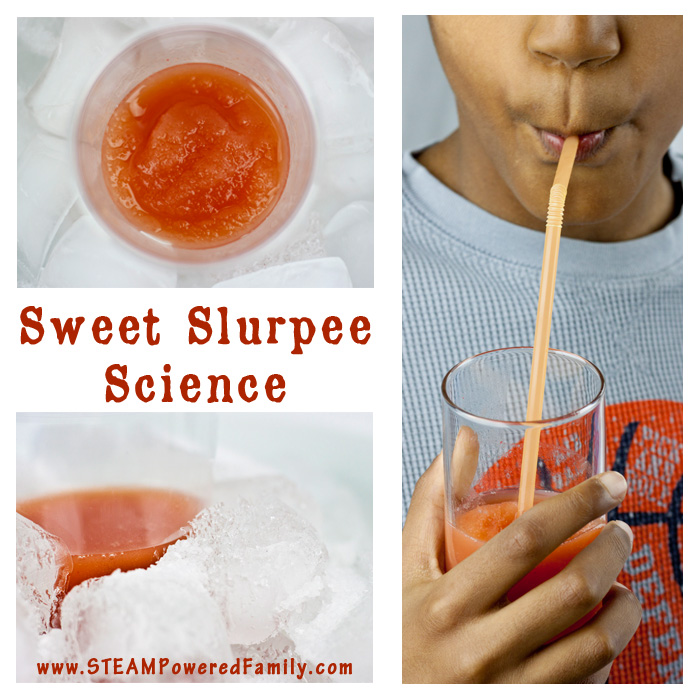
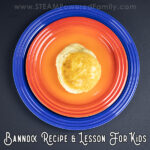
Bannock
Learn the history of bannock and how to make this easy bread recipe
Supplies
- 3 cups flour
- 1 teaspoon salt
- 2 tablespoons baking powder
- 2 tablespoons sugar
- 1/4 cup butter
- 1 1/2 cups water
- shortening or oil for frying
- raisins (optional)
Instructions
-
Mix all the dry ingredients – flour sugar, salt and baking powder together in a large bowl. Add raisins, if desired.
-
Add Water and butter and stir with a spoon until combined.
-
Turn the mixture out onto a floured surface and shape into a flat circle about 1 inch thick with your hands.
-
Cut it into smaller circles or squares. This makes it easier to cook and serve.
-
Cook in a greased frying pan over low medium heat, covered, for about 10-15 minutes per side.


